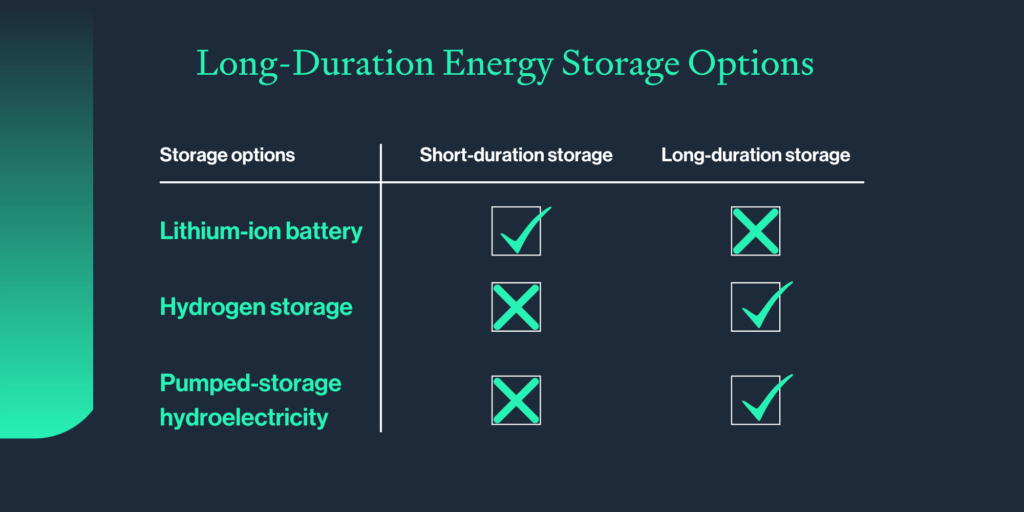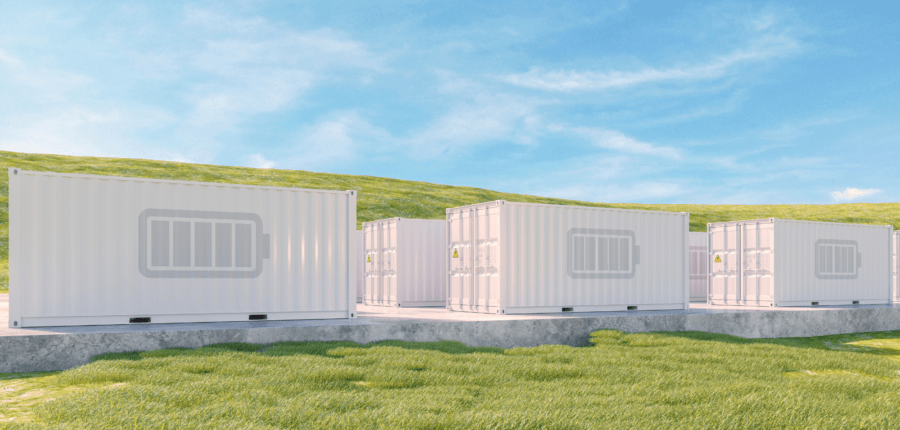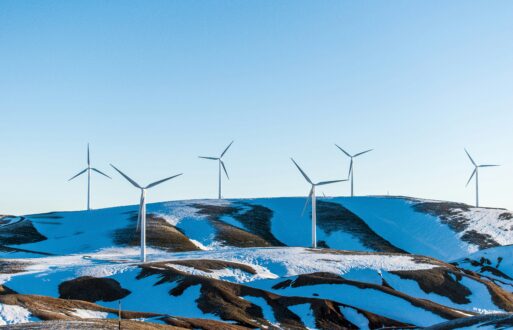This summer, as we reached the mid-year point, I expected widespread power outages in the remainder of 2022 and beyond. The underlying reason has been the replacement of conventional generation resources with renewable resources without an adequate energy storage infrastructure for grid integration. As a result, the electric supply reliability would continue to decline in the U.S. until an effective correction is implemented.
Politicians and special interest groups have pushed for renewable resources for years. Due to this, the solar and wind industries have prospered with federal and state subsidies of taxpayers’ money. Unfortunately, when the wind stops and the sun retreats, these renewable resources cannot be relied on to serve demand. The replacement of conventional generation resources has thus left a dangerous gap in the electric energy grid.
This gap must be filled with effective long-duration energy storage (LDES) facilities that store excess power when the sun is shining, and the wind is blowing, running off the stored energy at the time of the deficiency.
Below I’ll review the long-duration energy storage options and how they’ll play a part in our sustainable energy future.
Long-Duration Energy Storage (LDES)
Long-term (e.g., weekly or longer) energy storage is required to cover contingency with extensive renewable resource penetration. Today’s most considered energy storage alternatives include the lithium-ion battery, hydrogen storage, and pumped storage hydropower.

Lithium-ion battery
The benefits of short-term (e.g., hourly) energy storage cannot support large-scale electric energy grid applications. It is more suitable for other applications, such as EVs. Lithium-ion batteries are an example. They are widespread but neither capacious nor organized enough to serve as a grid supplement. In my opinion, the batteries need higher capacity, smaller size, longer duration, and more efficient integration before they can be considered for large-scale application in the electric energy grid.
Hydrogen storage
A hydrogen energy storage system could be a game changer. Harvest hydrogen from water using green energy and compress hydrogen into liquid form for long-duration storage. Hydrogen could fuel large-scale turbine generators or smaller-scale fuel cell applications. Many energy companies began investing in the hydrogen alternative because of the promising conceptual advantages of long-duration energy storage. The conceptual advantages include long-duration green energy storage and adaptability to the existing energy grid configurations. PCI is progressively tracking its developments and application as a large-scale grid supplement.
Pumped-storage hydroelectricity
The only proven LDES ready for prime time today is the pumped-storage-hydroelectricity (PSH) facility. In a PSH facility, water is “pumped up” into a reservoir as stored hydraulic energy, which is then released from the reservoir at the time of need to generate electricity. The average round-trip efficiency is usually above 75%. PSH plants have been an effective and efficient energy storage solution for many years. Identifying an appropriate site for a new PSH facility is challenging, and the construction cost is also very high. According to reports, PSH plants are used as a primary LDES in Australia’s quest for green energy. We should seriously consider its applications in our effort to turn green. The technology has been proven to have impressive efficiency and effectiveness. It is sometimes regarded as a “water battery.”
Future direction
Without effective and efficient LDES, renewable resources cannot be a reliable replacement for conventional fossil fuel generation resources. This point has been illustrated by the declining supply reliability in the U.S. What we lack today is not more renewable generation resources but effective LDES for reliable grid integration. Logically, governmental subsidies should be strategically shifted toward developing effective and efficient LDES, including improved PSH technology. Although a new approach (e.g., hydrogen storage) is more fashionable, the historically proven approach (e.g., PSH) has its true advantages. An effort to improve the adaptability of PSH in siting and construction should not be overlooked! PSH and water management deserve a holistic look together in our path forward.
My view
The days of less expensive electricity are over. The operation and investment for a “reliable green system” would be far more costly than before. Electricity rates have no direction to go but up. With this expectation, PCI’s goal of “optimization everywhere” would greatly benefit the industry and consumers.
We plan to proceed with this as a strategic initiative. It will become important sooner than you expect.
This blog post was adapted from a company-wide email sent by Fred Lee on July 14, 2022.
Visit our Sustainable Energy page to learn how we’ve become a proven partner for navigating change in sustainable energy.







